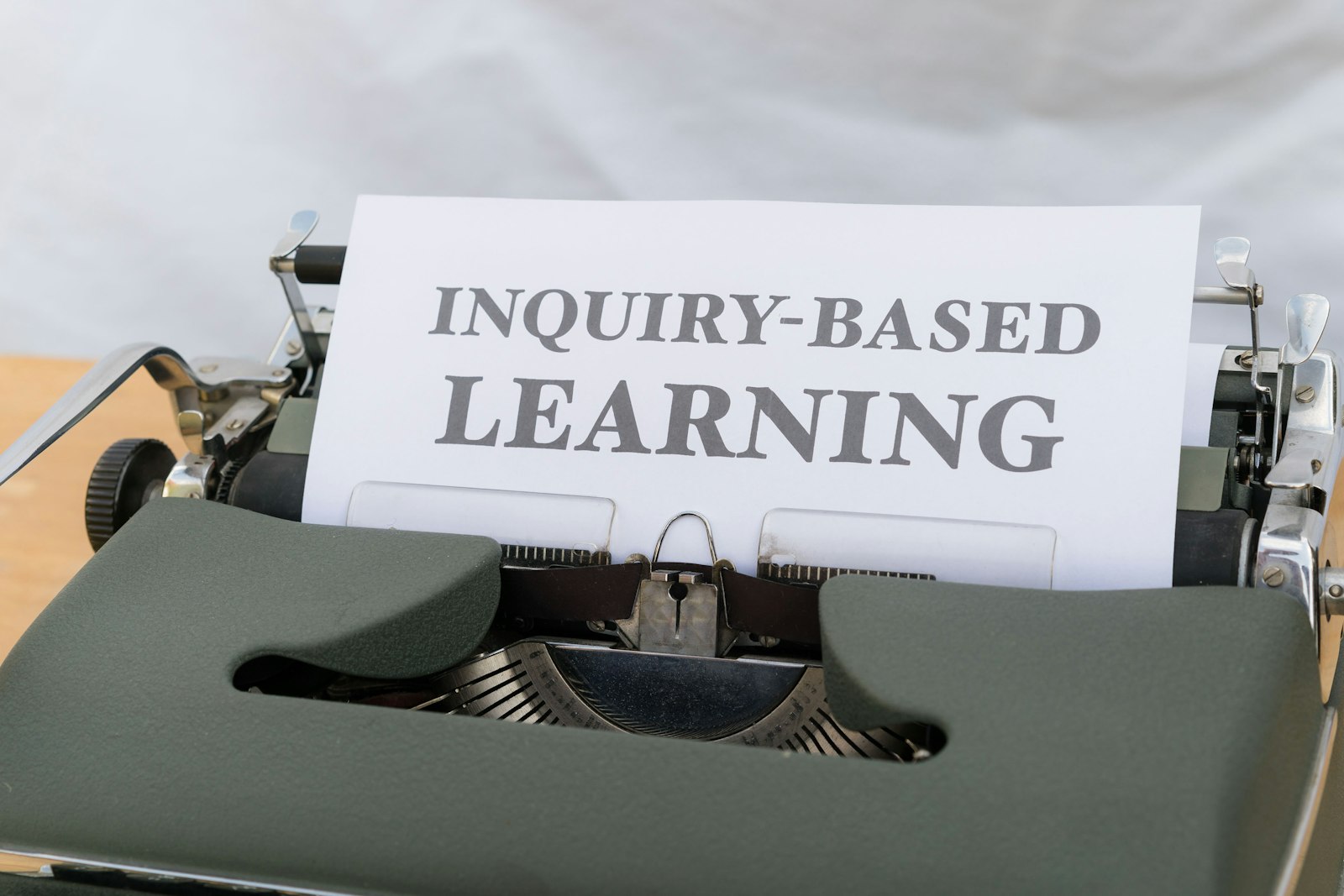Industry Context: Cyber Threats in Real Estate
The real estate sector increasingly relies on digital platforms for listings, tenant management, title and conveyancing, lease administration and payments. This digitisation expands the attack surface; sensitive data travels across portals, email, and API integrations with third parties. Phishing, credential compromise, supply chain attacks and fraud targeting property transactions have become commonplace. Fragmented data stores and inconsistent access controls inhibit timely detection and response. For SMEs, a single breach can derail cash flow, erode trust, and invite regulatory scrutiny.
The Challenge: Security vs Agility
SMEs must balance rapid underwriting, onboarding and transactions with robust security and auditability. Traditional controls often rely on multiple point systems; when data changes hands across vendors, records can diverge, making it difficult to detect tampering or reconcile ownership. The result is latency in decision making, increased compliance burden, and higher residual risk.
Blockchain as a Risk Management Tool
Blockchain delivers a tamper evident, append only ledger that is governed by consensus. For real estate, a permissioned network can securely record critical events such as title assertions, lease approvals, property transfers and payments, while keeping large documents off chain. Smart contracts automate policy enforcement and reduce manual intervention; verifiable credentials support secure identity proofing for tenants, agents and title providers; data minimisation and cryptographic proofs protect privacy even in shared environments. Together, this ecosystem improves traceability, accelerates dispute resolution and reduces fraud risk.
Architectural Approach: Where Blockchain Fits
In designing a practical, low risk implementation we recognise key trade offs; the architecture intentionally layers responsibilities and keeps performance and security in balance.
Data model and storage
On chain: hashes of documents, audit events and immutable records; Off chain: large files and sensitive data. Rationale: keep the chain light, preserve privacy, and enable swift verification using cryptographic proofs. A Merkle tree enables efficient proofs of data integrity without exposing full content.
Network and governance
Adopt a private permissioned network drawn from a trusted SME ecosystem. Consortium governance sets rules for onboarding, upgrades, dispute handling and compliance. This reduces risk of misconfiguration and ensures clear accountability.
Identity and access
Use decentralised identifiers and verifiable credentials to manage identities; access is granted through policy based on role, need to know and time bound approvals. Key management is centralised for SMEs; hardware security modules (HSMs) or cloud HSMs provide protection for private keys; rotate keys regularly and implement recovery processes.
Smart contracts and risk controls
Smart contracts formalise lease renewals, security deposits, title transfers and payments; they enforce business rules and trigger alerts on exceptions. Audit friendly code, formal testing, and upgrade paths are essential to minimise operational risk. Consider circuit breakers and manual override for extraordinary events.
Security and performance
Security by design includes multi party consensus, encryption in transit and at rest, and regular penetration testing; performance is addressed by off chain storage, batch processing, and the use of side chains or state channels for high volume operations. The architecture supports auditability without compromising customer experience.
The Risk Management Narrative: How It Unfolds in Practice
Imagine a mid sized property management firm migrating critical records to a blockchain backbone; ownership rights, lease approvals and payment receipts become auditable events on the ledger. When a dispute arises, the immutable log and smart contract language provide rapid, evidence based resolution; if a lender or regulator requests data, the system can disclose minimal, verifiable proofs rather than full datasets.
Diagram in words: Identity + Verifiable Credentials enable access control; Smart Contracts enforce policy; On chain ledger stores immutable events; Off chain storage houses documents; All activity is auditable and citable.
Consider a migration plan that starts with a minimal viable product focused on high risk data; evolve with governance, training, and continuous monitoring. This staged approach reduces risk while delivering early gains in data integrity and real time risk awareness.
Actionable Insights for SMEs
- Start with risk mapping: identify data categories, critical workflows and regulatory obligations that benefit from tamper evidence and automatic enforcement.
- Choose a phased approach: implement a private blockchain for core records first; extend to identity, payments and documents as confidence grows.
- Limit data on chain; store large documents off chain with cryptographic proofs that validate integrity; use hashes on chain to prove provenance.
- Adopt verifiable credentials for tenants, vendors and title providers; minimise data exposure while preserving verifiability.
- Establish clear governance: onboarding, upgrades, incident response and compliance with data protection rules; appoint a security champion and regular audits.
- Focus on key security controls: multi factor authentication, key management with hardware security modules, regular backups, access reviews and logging.
- Plan for performance: combine permissioned consensus with side chains or state channels for high throughput scenarios; monitor latency and scale capacity accordingly.
- Measure success with risk metrics: reduction in time to resolve disputes, lower fraud incidence, improved audit cycle times and clearer regulatory reporting.
Closing Reflections
Blockchain is not a silver bullet; it is a powerful risk management tool when deployed with disciplined governance, robust security and prudent scalability planning. For SMEs in real estate, the path to resilience starts with a clear governance model, a staged implementation and a commitment to continual improvement. If you would like to discuss how blockchain can fortify your risk posture, please Contact us to begin a personalised assessment and roadmap.





.svg)